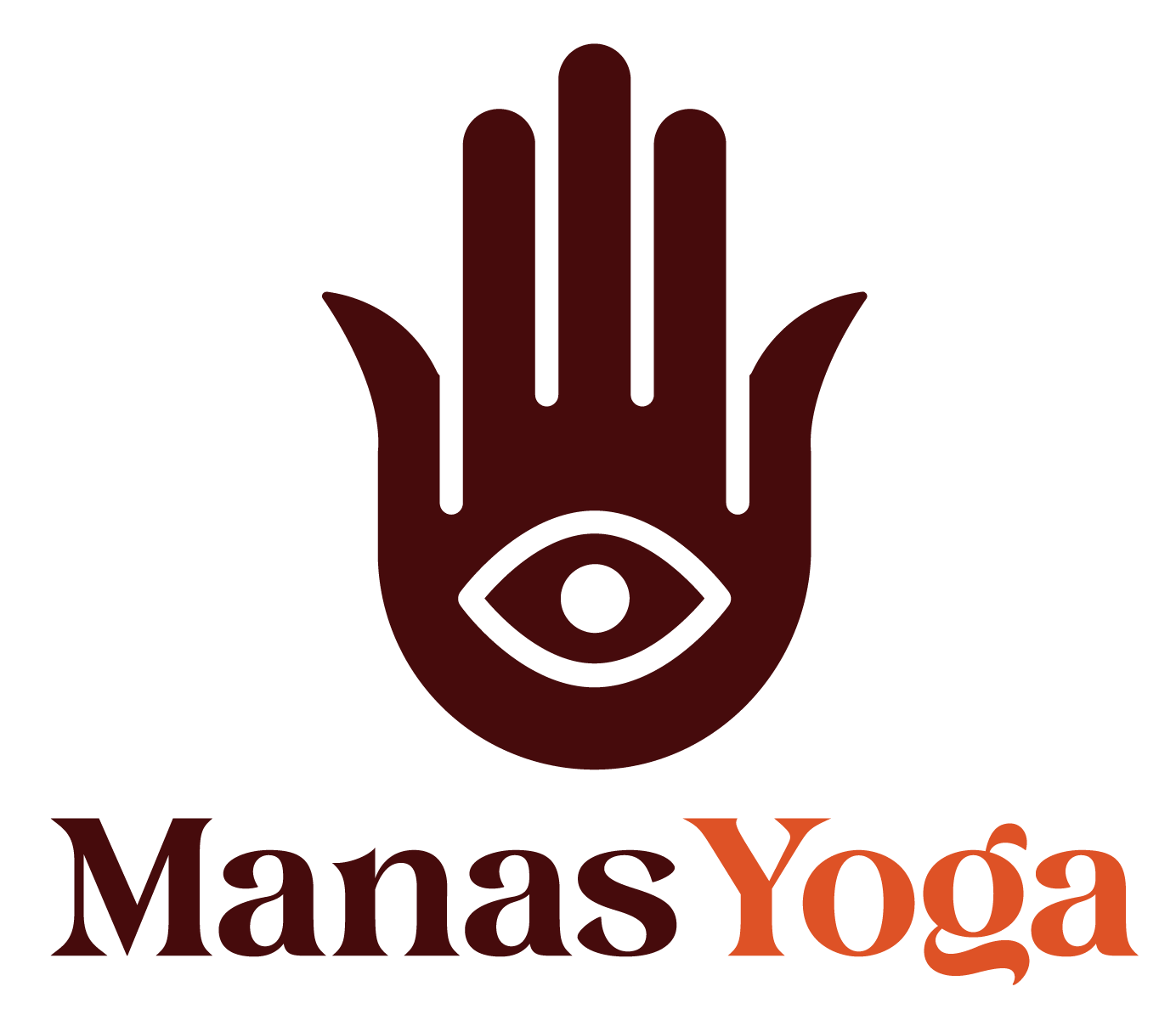WHAT IS TRIDOSHA?
As prana manifests in the physical body, it moves in different ways in different people depending on all of life’s circumstances. In ayurveda the manifestation of prana in the body is described by the energetic interplay of the universal elements: air, fire, water, earth, and ether. The elements give us several qualities, from hot to cold, dry to wet, light to heavy, hard to soft, as well as functional tendencies such as grounded or floating, spacious or constrained. How these elements interact creates patterns in three expressions of prana in the physical body called doshas which is Sanskrit for deviations. The three main doshas are Vata, Pitta, and Kapha, which together comprise the Tridoshas. All processes in the physical body are governed by the balance of doshas. One dosha tends to be dominant in an individual, giving him or her a specific doshic constitution. Sometimes two are equally present, or when all three are in balance one’s constitution is described as “tridoshic.” Ayurveda provides a science of the body that is largely predicated on looking at individuals through the prism of their doshic constitution. It is in the combination of the basic elements that the doshas are determined:
• Vata, similar to vayu, arises from the combination of air and ether, creating the subtle energy of movement in the mind and body. It governs breathing, the flow of blood, muscle and tissue movement, even the movement of thoughts in the mind. In activating the nervous system, when Vata is in good balance it is a source of creativity, enthusiasm, and flexibility. With excessive Vata one becomes fearful, worrisome, and prone to insomnia.
• Pitta arises from fire (and some air, as fire requires air), creating the heat that governs digestion, absorption, metabolism, and transformation in the body and mind. Put differently, heat in the body is the product of metabolic activity, thus placing this process under Pitta. In balance, pitta is a source of intelligence and understanding, helping us discriminate between right and wrong. Excessive Pitta lends to anger and hatred.
• Formed from earth and water, Kapha creates the body’s physical structure-bones, muscles, tendons and cements the body together. Kapha supplies the body with water, lubricating the joints, moisturizing the skin, reinforcing the body’s resistances, helping to heal wounds and give biological strength. Associated with emotions, Kapha is expressed as love, compassion, and calmness. Out of balance, it creates lethargy, attachment, and envy.
The relative constitution of the balance of doshas is affected by diet and lifestyle. Ayurvedic doctors give advice and treatments to help cultivate doshic balance. Yoga is one important part of balancing the doshas. There is an expanding literature on how to adapt one’s yoga practice for doshas, which can be tricky given the diversity of doshic types in most classes.
Vata types – filled with air, tending toward being dry and cold, flexible when young but typically stiff and prone to arthritis later in life – they benefit from exploring poses more gradually and steadily, moving very slowly through their Sun Salutations, focusing more on grounding in standing and balancing poses, and lingering longer than most in deep asanas as we do in yin yoga classes. Nadi shodhana (alternate nostril breathing) emphasizing the right nostril in the morning for energy and warmth and the left at night to promote calm and sleep should be done in a gentle and grounding way.
Pittas tend to push hard and gravitate toward hot, vigorous practices. In cultivating balance, Pittas benefit from letting go of their competitive tendencies, tapping into asana as a cooling, nurturing, and relaxing practice like a restorative yoga class. Rather than moving quickly into the next pose, the Pitta student benefits from a longer pause, especially after strong sequences, being mindful of relaxing and letting go of tension.
Rather than going for the hot and sweaty practice, pittas are better advised to go slow and learn to relax deeply by moving more slowly and consciously in their practice. Cooling pranayamas such as Sitali can help with further balancing, allowing them to come away from the practice with a calmer, clearer mind and a lighter, more relaxed body.
Kaphas, inclined as they are to lethargy and heaviness of movement, benefit most from a warming and flowing practice to stimulate their metabolism and circulation. Starting practice with a warming pranayama such as Kapalabhati helps Kaphas get their energy up for the asanas. Starting with simple flowing sequences to further warm the body and keep energy flowing, Kaphas benefit from moving into sustained asana sequences requiring (and thereby cultivating) strength and stamina. Standing pose sequences that involve heart-opening variations benefit Kaphas by further stimulating circulation and the movement of mucus. Sustained backbending sequences further stimulate circulation and the movement of energy in the chest and head, lending to more balanced energy and a clearer, more active mind. A good way to start a practice like this is to join a basic yoga class.
Like the Maha Gunas and the Pancha Kosha, by adapting the principles of the Tridosha in our practice we become aware of the subtle energies in your body. This lead us to be conscious of the shifts and movement of our inner bodies.
Literature:
Stephens, M. (1958): Teaching Yoga: Essentials foundation and techniques. Berkeley: North Atlantic Books.
Chow, K.T. / Moody, E. (2006): Yoga Therapy for your body type. An Ayurvedic tradition. Rochester: Healing Arts Press.
